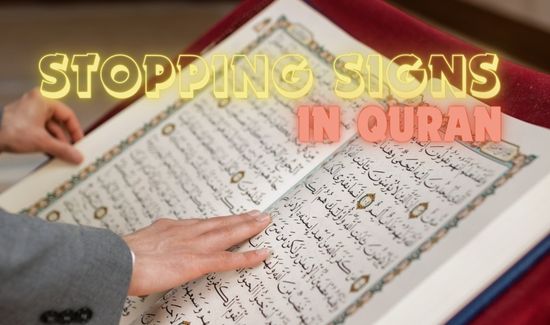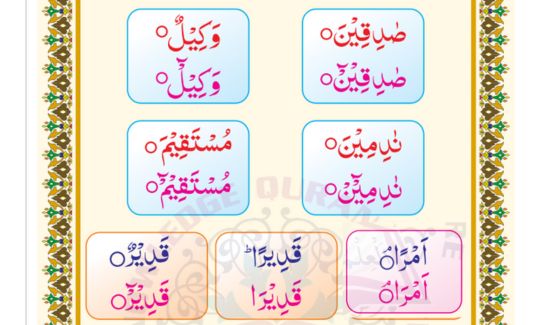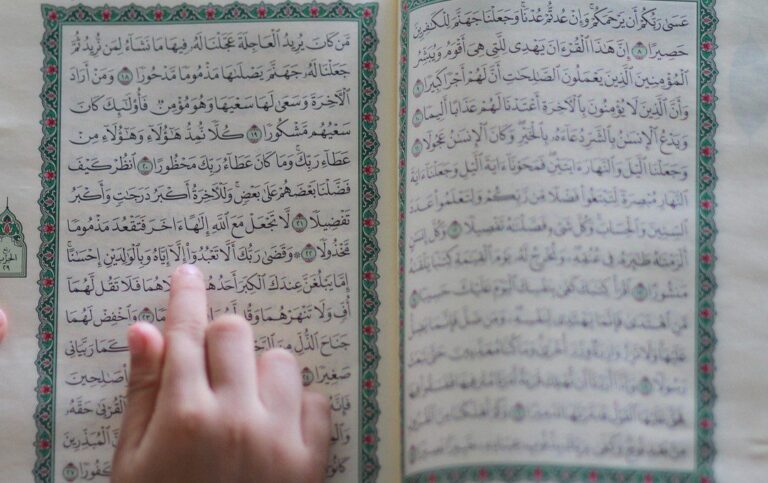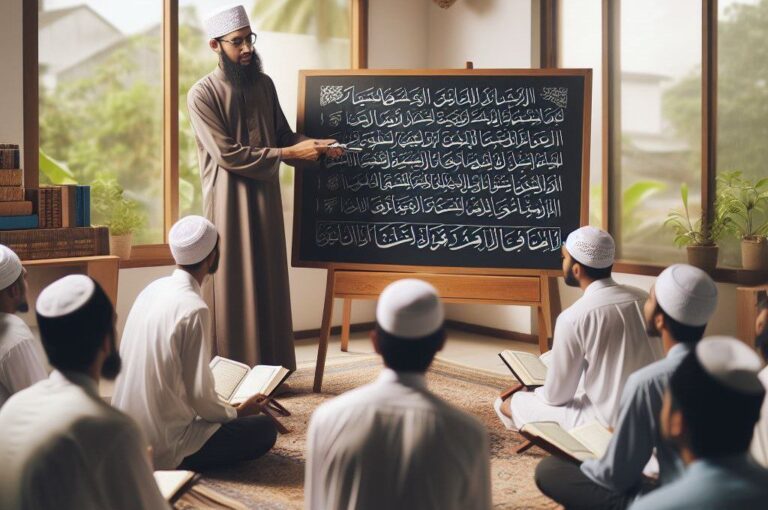Quran Stop Signs Rules
Have you ever wondered about the significance of the Quran stop signs? These enigmatic Quran symbols known as waqf or Quran stop signs, play a crucial role in understanding the rhythm, structure and interpretation of the holy text. As we delve deeper into this concept, we uncover layers of meaning and insight that illuminate the profound beauty and complexity of the Quran.
Imagine reading a book where every pause, every breath, holds a world of meaning. This is precisely what stop signs do in the Quran – they guide us through its verses with an intricate system of pauses and breaks. Each stop carries its own unique message, creating a symphony of words that resonate with spiritual depth. Join us on a journey to unravel these hidden gems within the Quran and discover how these Quran stop signs enrich our understanding of this timeless scripture. You can also learn and practice these Quran stop signs with example by our expert tutors, in one-to-one class.
Types of Quran Stop Signs
- Mandatory Stop: There are some stopping points where it is compulsory to stop to avoid the changing in the meaning of context. These signs are called Compulsory Stops. For example, “م”
- Elective Stop: These are the signs where it is better to stop or permissible to continue and vice versa. It does not change the meaning. For example, “ ج” and “صل”
- Breathless Pause: There is a breathless stop in Quran, where reader have to take a pause without taking a breath. For example, “سکتہ”
- Prohibited Stop: These are the signs where it is prohibited to stop in Quran. For example, “ لا”
Rules of Quran Stop Signs:
There are some stop and continue signs in Quran. By following these precise rules when reading the Quran can properly convey the intended message of each verse:

This is the sign of Waqf e Taam (completion of verse). Readers must stop here.
م
This is the sign of Waqf e Lazim (compulsory stop). Readers are mandated to stop here.
ط
This is the sign of Waqf e Mut’laq or absolute stop. It is better to stop here.
ج
This is the sign of Waqf e Jaiz. It is permissible to countinue here but better to stay.
ز
This is the sign of Waqf e Mujawwaz. It is not permissible to stay here.
ص
This is the sign of Waqf e Markhas. Here the reader is permitted to take a break, however, it is better to carry on recitation.
لا
This is the sign of prohibited stop. If it is written over the sign of verse , then it is optional to stop or not. Otherwise, it is prohibited to stop here.
صلے
It is a sign of better connected, it is preferred to continue.
صل
It is a sign of permissible stop. It is permissible to stop here but preferable to continue.
سکتہ
Sakta is a breathless stop in Quran, where reader have to take a pause without taking a breath.
معانقہ
Muaniqah (the embracing stop) is a pair of three dots. It is compulsory to stop on anyone of them.
وقف النبی (Waqf an Nabi)
it is point where Prophet (Peace Be Upon Him) stopped and took pause while reciting the Holy Quran.
وقف غفران (Waqf e Gufran)
It is point where reciter and listener both should stop to make a prayer.
وقف منزل (Waqf e Manzil)
It is a point where angel Jibrael stopped and took a pause at the time of revealing the Holy Quran.
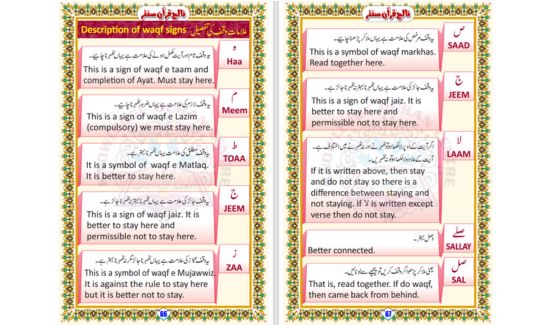
How to stop on a Waqf?
Waqf means to stop by eliminating both sound and breath. In addition to understanding the tajweed rules, it’s crucial to know how to pause at any word. Whether it’s at the end of a verse or a phrase, or simply to take a breath, the following guidelines apply:
- Short vowels (Kasra, Dhamma) and Tanween, are not pronounced from the last letter of the word when stopping. These letters will become Sakin while stopping. An exception is when you stop on a Tanween of Fathah, which is pronounced as an Alif.
- When pausing on a Taa Marbutah (ـة), all vowels and Tanween (including Fathah) are omitted and the letter is pronounced as Haa (ہ) with Sukoon.
- Letters with standing Kasra (zabr), Madd and Sakin, will not be changed.
Importance of Quran Stop Signs
There are many signs to stop in Quran, or waqf (pause) rules that serve as crucial markers for readers to understand the meaning and context of the verses. There is huge significance of these symbols in the Quran:
- These stop signs in Quran indicate appropriate places to pause, reflect, and ponder over the divine message.
- They help create a rhythm in recitation and allow for deeper absorption of the spiritual guidance.
- By following these stop signs in the Quran, readers are encouraged to engage with the text at a more profound level, allowing them to contemplate and internalize the teachings.
- It is through these pauses that individuals can digest and extract wisdom from each verse, fostering a deeper connection with the sacred text.
- Ultimately, adhering to these prescribed Quran stop signs aids in preserving the integrity and authenticity of Quranic recitation while also enhancing spiritual understanding and appreciation of its profound message.
- Understanding and implementing these stop signs in Quranic recitation not only promote linguistic accuracy but also facilitates spiritual development.
- By stopping in Quran, readers can experience a more immersive encounter with divine guidance while upholding both precision and respect for this revered scripture.
Quran Stop Signs Conclusion:
In conclusion, the Quran stop signs have left an enduring impact on the understanding and recitation of the Quran. These symbols provide valuable guidance for readers to pause, reflect, and delve deeper into the meanings of the verses they punctuate. The use of different stop signs in Quran has not only preserved the integrity of the text but has also enhanced the spiritual experience for believers around the world.
As we continue to study and appreciate these stop symbols in the Quran, let us strive to incorporate their lessons of contemplation and mindfulness into our daily lives, allowing them to enrich our spiritual journey and deepen our connection with the divine message. Let us embrace these timeless symbols as reminders to pause, ponder, and seek wisdom in every aspect of our lives.

